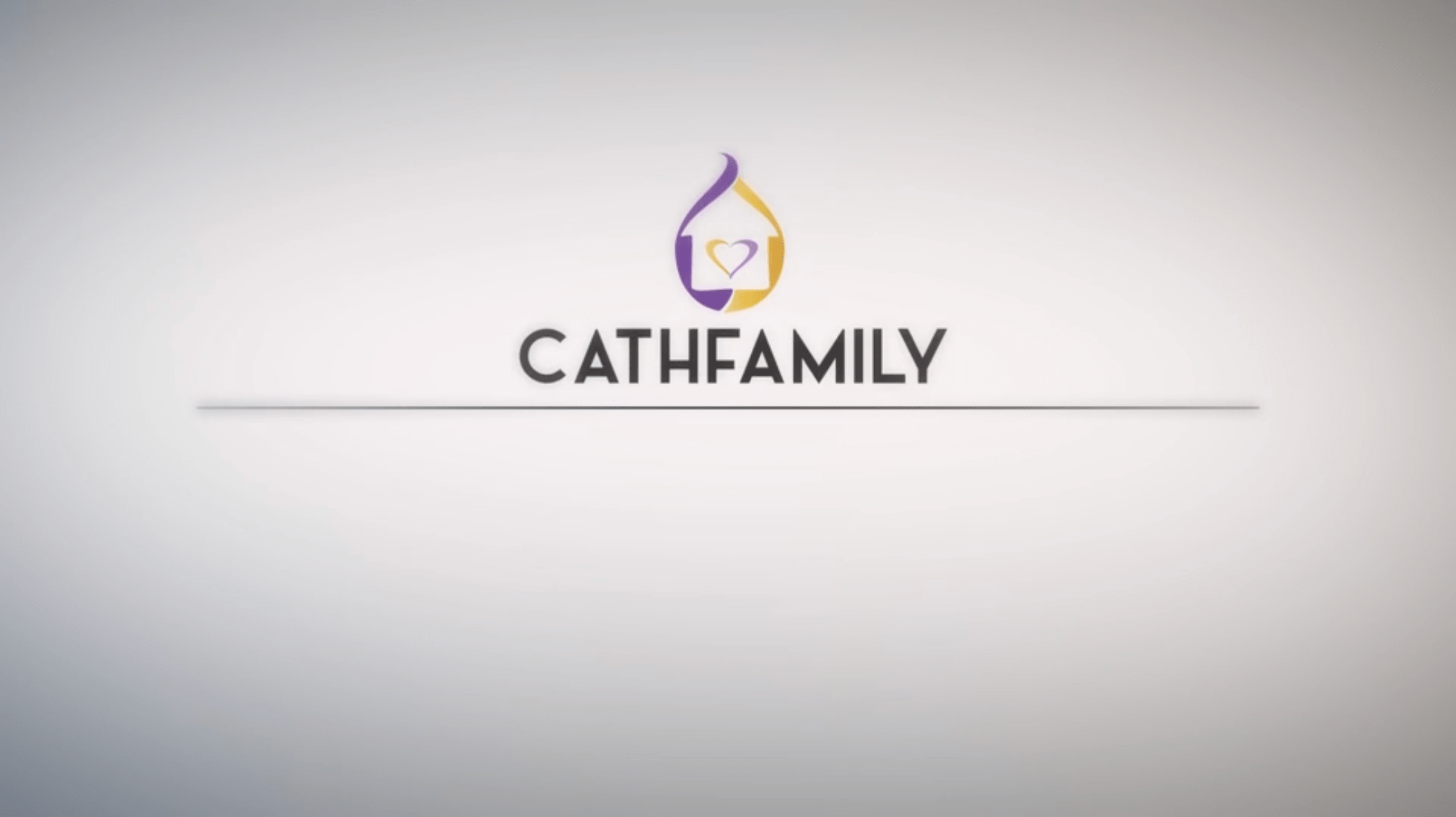Divine Mercy Sunday

In the Jubilee Year, Pope John Paul II established the Second Sunday of Easter as Divine Mercy Sunday. Popularised by twentieth century Polish nun, St Faustina, devotion to the Divine Mercy is gaining momentum. In a world where so many struggle to live faithful lives, the promises of Divine Mercy are truly a beacon of hope. Officially established as a permanent feast on April 30, 2000, the Feast of Divine Mercy is relatively unknown among Christians.
The feast was brought to prominence by the writings of St Faustina who in the 1930’s recorded a diary that documented the words and instructions she received from a series of visions of Christ. Her diary is full of Jesus’ urgent desire to communicate the depths of his mercy for humankind: “Whoever approaches the Fountain of Life on this day will be granted complete forgiveness of sins”*.
Why the Second Sunday of Easter?
On the evening of his resurrection, we read in the scriptures that Jesus appeared to his disciples and commissioned them to forgive sins. The following week, Thomas was with them, and though he had doubted, he received Christ’s forgiveness (John 20:19-31). The power to forgive sins was given to the apostles through the Holy Spirit and has been passed down through the ages to the priests who administer Reconciliation to us today. Reconciliation is so much more than a merely human experience of unburdening the soul… any good barman, counsellor or hairdresser can listen to a confession! Rather, it is a powerful, grace-filled encounter with the mercy of Jesus, who is present in the person of the priest.
Sacrament of Mercy
The feast of Divine Mercy calls Christians to seek forgiveness through Reconciliation. Many people are anxious and fearful about going to confession. Some have negative memories of past experiences; others have misunderstood the need for the Sacrament, believing that it is sufficient to simply be sorry in their hearts for their sins. Others resist the Sacrament knowing that Christ’s representative, the priest, is himself a human being in need of God’s mercy. Others believe that their sins are simply too dreadful to be forgiven.
St Faustina records in her diary the words of Jesus for each of us as we approach Reconciliation*:
“When you approach the confessional, know this: I myself am waiting there for you. …. If your trust is great, there is no limit to my generosity.”
“Come with faith to the feet of my representative…and make your confession before me. The person of the priest is, for me, only a screen. Never analyse what sort of a priest that I am making use of; open your soul in confession as you would to me, and I will fill it with my light.”
“The miracle of Divine Mercy restores your soul in full. In the Tribunal of Mercy (the Sacrament of Confession) …the greatest miracles take place and are incessantly repeated…There is no misery that could be a match for my mercy.”
For more on Reconciliation, check out Sacrament Essentials: Reconciliation
 The Divine Mercy Image
The Divine Mercy Image
In 1931, Jesus appeared to St Faustina in a vision. He was clothed in a white garment, one hand raised in blessing, the other touching his heart from which came a white and a red ray. The rays represent water (new birth, purity) and blood (the life of souls) and symbolise the depths of Jesus’ tender mercy as his heart was pierced by a lance on the cross. Jesus instructed her: “Paint an image according to what you see with the inscription: Jesus, I trust in You … I promise that anyone who venerates this image will not perish. “*
To find a Divine Mercy Image, search for ‘Divine Mercy’ on the web.
For some simple ideas to celebrate and incoroprate the Divine Mercy into your family life, check out this article.
* Quotes are paraphrased from a translation of St Faustina’s diary as quoted at www.divinemercysunday.com
Over to you! Has the Divine Mercy devotion been a feature of your spiritual life? Got any good stories about to share? Tell us in the comments below.
For more on the Easter Octave, check out:
